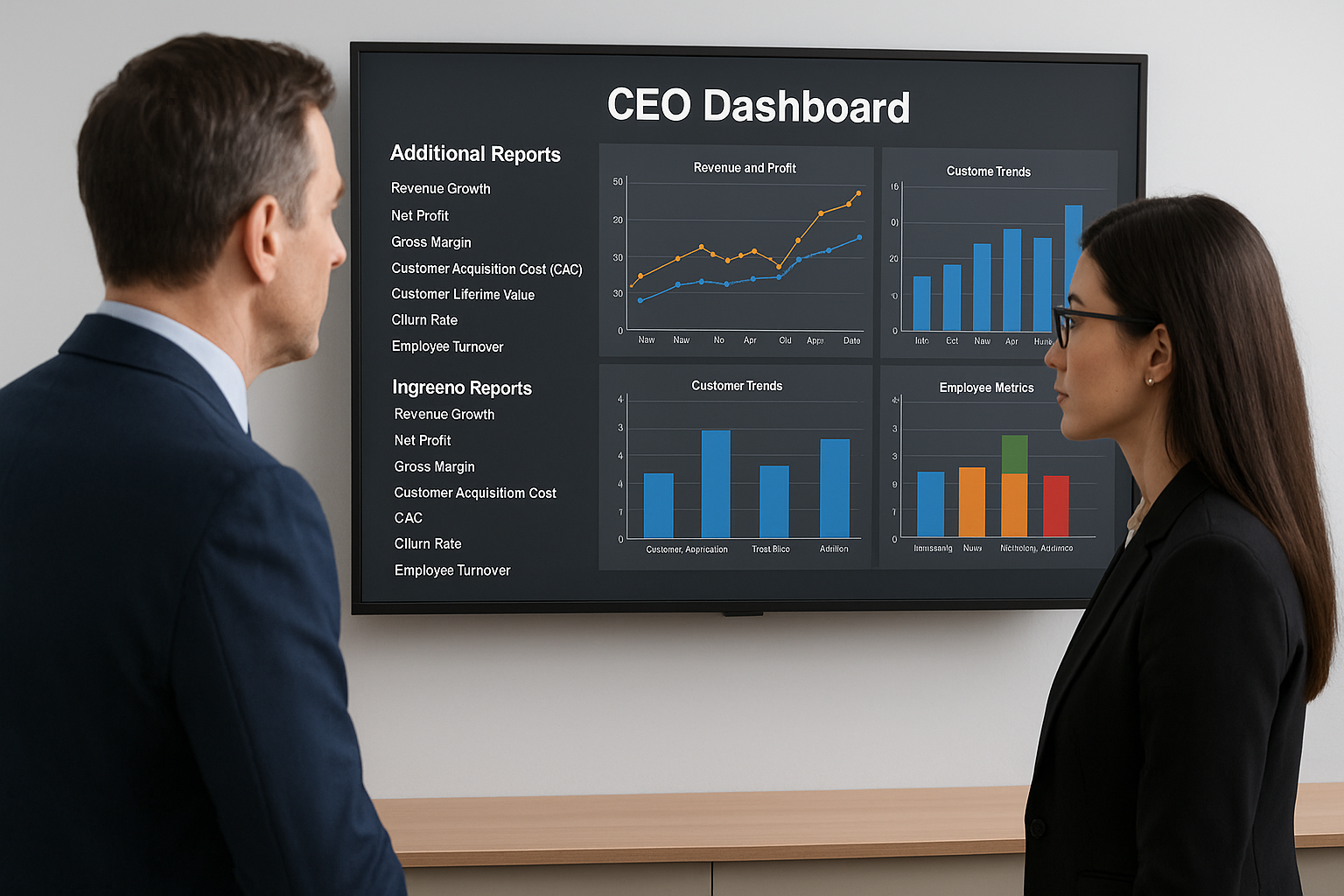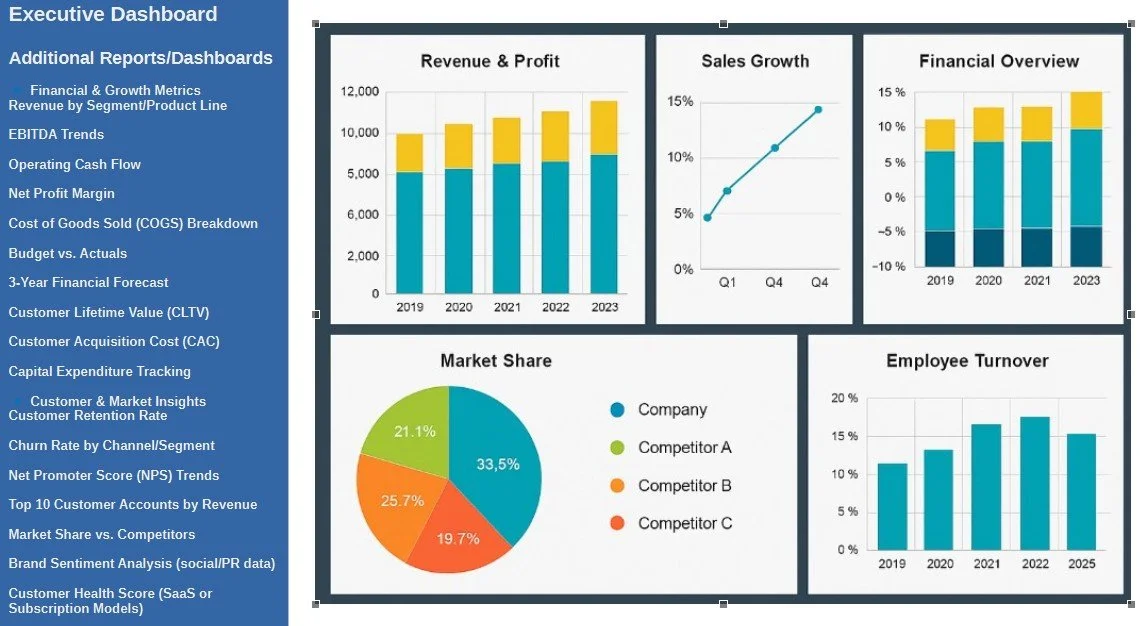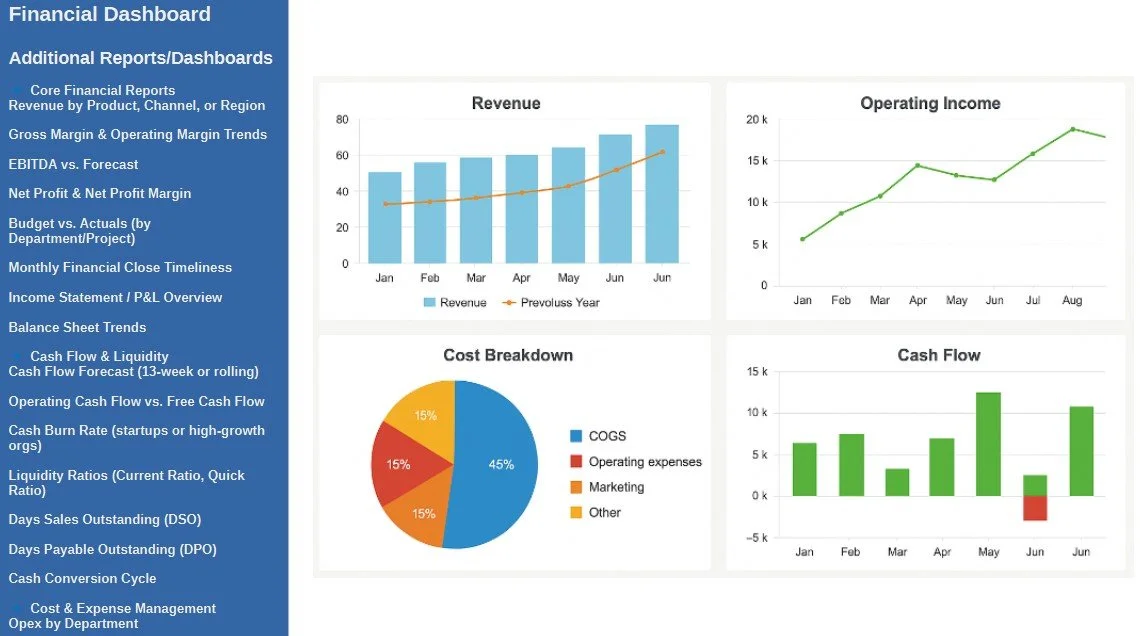From Data to Decisions: Building a Culture of Analytics and Insight
In an age where businesses collect more data than ever before, many organizations still struggle to transform that information into meaningful decisions. Data isn't the problem—it's the culture around how data is used that makes the difference.
This article explores how to bridge the gap between data collection and strategic action, and how to build a culture where analytics becomes a driver of real business insight.
The Gap Between Data and Decisions
Most organizations have plenty of data. ERP systems, CRMs, eCommerce platforms, customer surveys, supply chain tracking—data flows in from every direction.
But having data isn't the same as using it.
Reports get buried.
Dashboards go unviewed.
KPIs are reviewed once a quarter, not once a week.
This disconnect leads to missed opportunities, delayed responses, and misaligned strategies. The solution isn't more data—it's better data habits.
One small company I worked with illustrates this well. Each department created its own reports to meet immediate needs, but there was no enterprise-wide analytics strategy. When I asked why, the leadership team said they lacked the time and budget for a unified data solution. But after analyzing the time each department spent compiling and "cleaning" reports and the licensing cost of disparate tools, we discovered the company could save over $120,000 in the first year by implementing a unified, end-to-end analytics platform. Beyond the savings, this shift would ensure consistency, reduce redundancy, and provide validated insights for leadership.
The Gap Between Data and Decisions
Most organizations have plenty of data. ERP systems, CRMs, eCommerce platforms, customer surveys, supply chain tracking—data flows in from every direction.
But having data isn't the same as using it.
Reports get buried.
Dashboards go unviewed.
KPIs are reviewed once a quarter, not once a week.
This disconnect leads to missed opportunities, delayed responses, and misaligned strategies. The solution isn't more data—it's better data habits.
One small company I worked with illustrates this well. Each department created its own reports to meet immediate needs, but there was no enterprise-wide analytics strategy. When I asked why, the leadership team said they lacked the time and budget for a unified data solution. But after analyzing the time each department spent compiling and "cleaning" reports and the licensing cost of disparate tools, we discovered the company could save over $120,000 in the first year by implementing a unified, end-to-end analytics platform. Beyond the savings, this shift would ensure consistency, reduce redundancy, and provide validated insights for leadership.
Creating a Culture of Analytics
To truly embed analytics into your organization, you need more than technology. You need a set of habits and expectations around how decisions are made.
1. Establish Clear Ownership
Define roles like Data Stewards, Analysts, and Business Owners.
Each dashboard or report should have a responsible person or team.
2. Standardize Metrics
Agree on definitions for KPIs across departments.
Eliminate competing versions of the truth.
3. Build Rhythms Around Data
Weekly scorecard reviews
Monthly performance deep-dives
Real-time alerts for key thresholds
4. Invest in Data Fluency
Train users on how to interpret and act on data
Create internal champions for analytics tools and practices
5. Tell Stories With Data
Don’t just present numbers—present narratives.
Show trends, root causes, and what actions to take next
From Insight to Action
A culture of analytics doesn’t just deliver more reports. It creates alignment, speeds up decision-making, and empowers frontline employees to act on insight.
It ensures that:
Teams are solving the right problems
Leaders make decisions based on evidence, not instinct
Your technology investments produce measurable ROI
Ultimately, the value of data lies not in how much you collect, but in how well you use it.
Transformation doesn’t start with data. It starts with decision-making.
And that begins by building a culture where analytics drives every conversation.
About the Author
Richard Joseph is a technology strategist and advisor with many years of experience helping organizations modernize through smarter digital planning. He leads Tech Lens Advisors and works with companies across industries to turn transformation risk into lasting competitive advantage.
More articles available at: https://www.techlensadvisors.com/trade-and-tech



